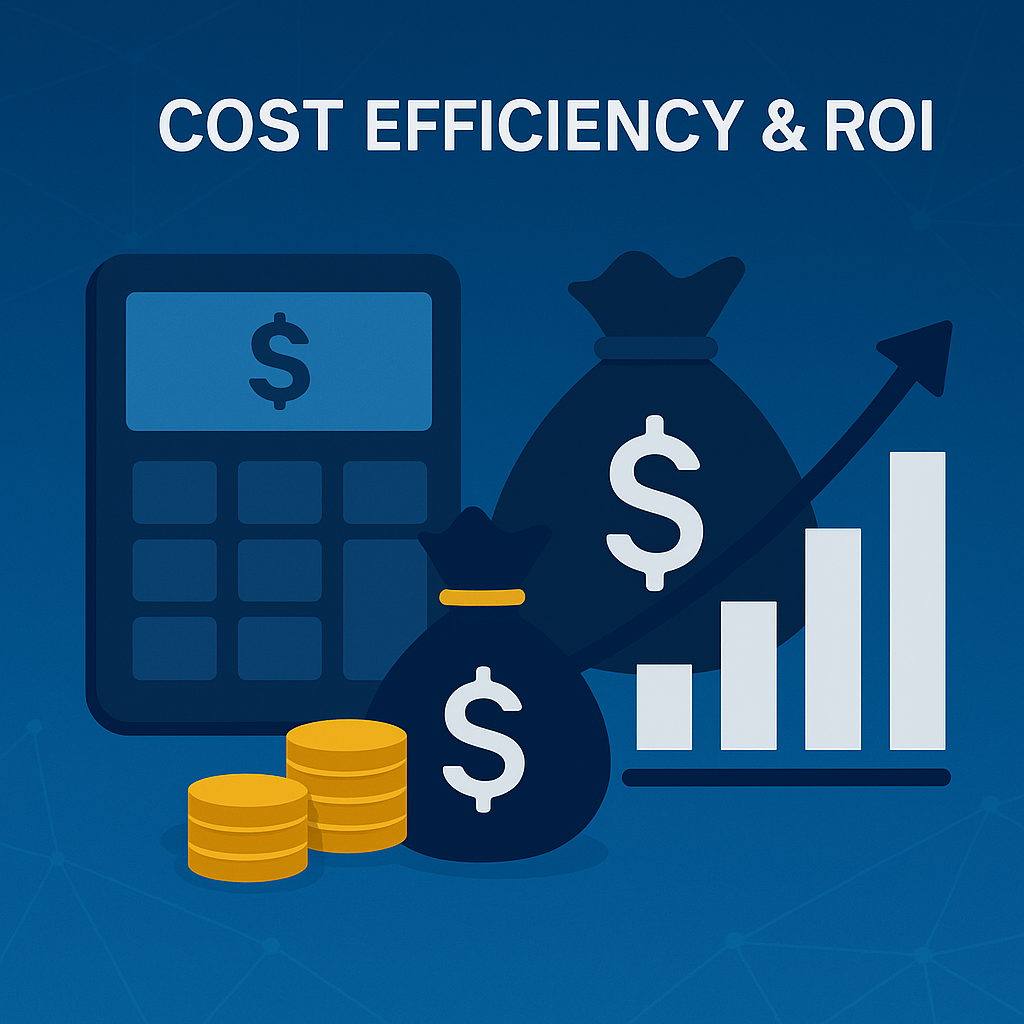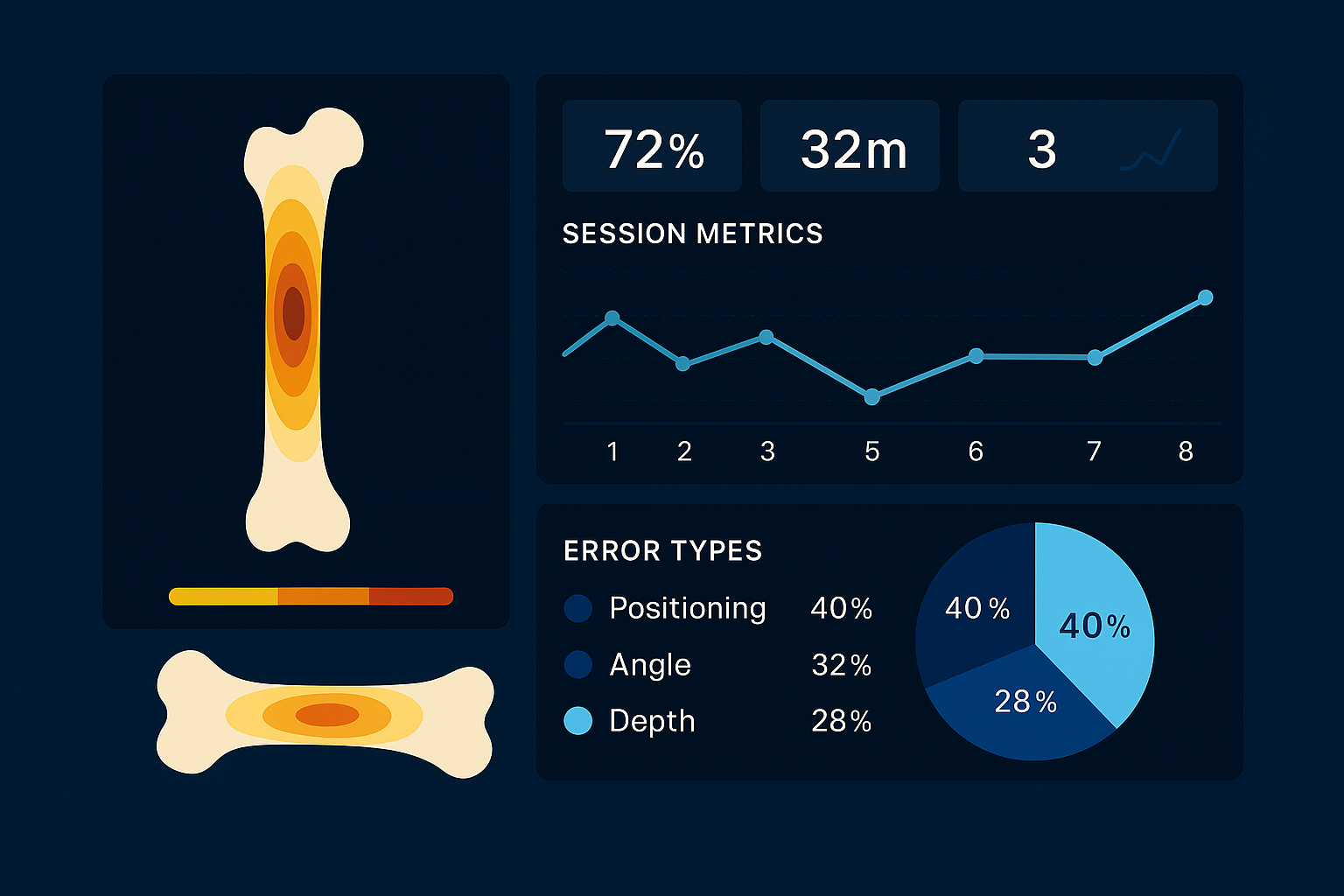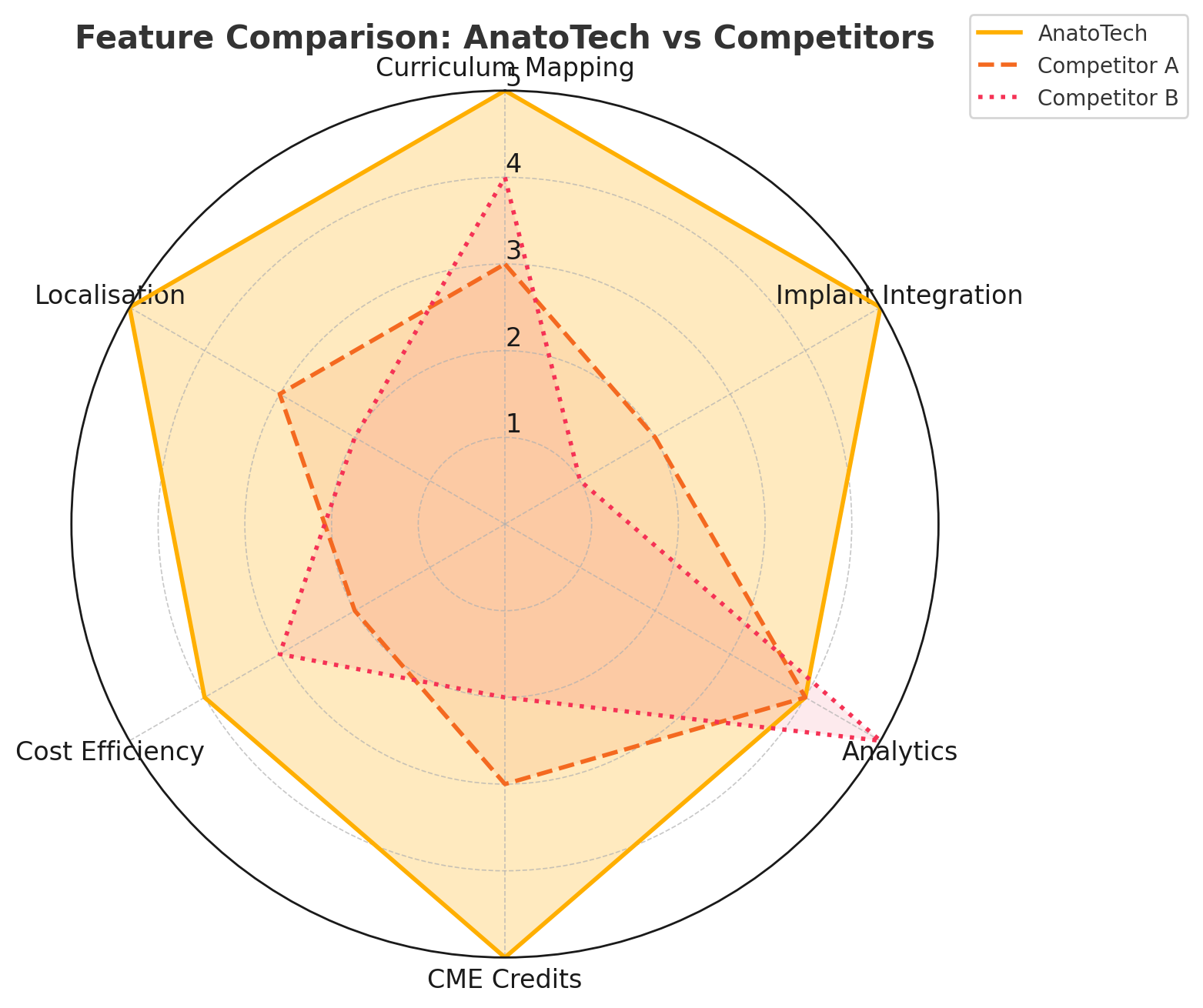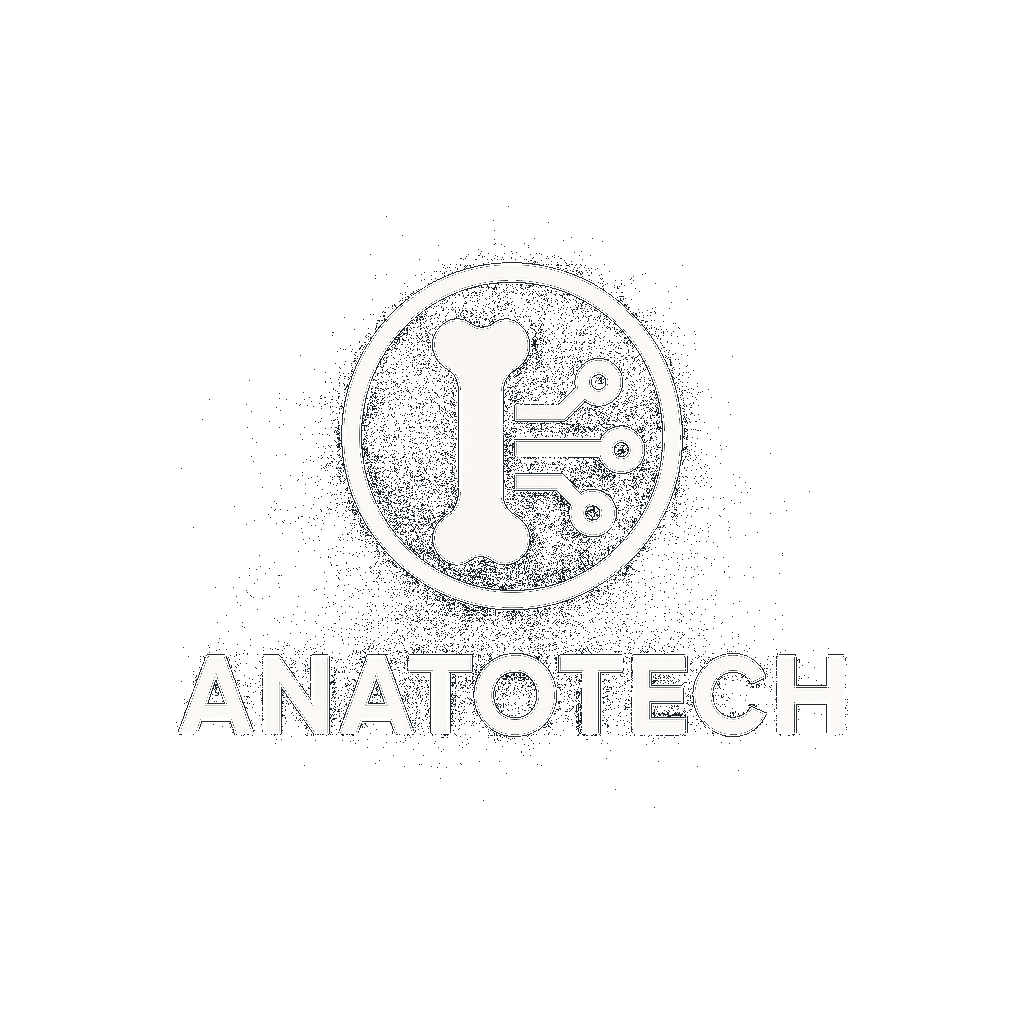Clinical Need & Training Gap
Source: Gil JA et al., JAAOS 2016 and Morrisey Z et al., Journal of Orthopaedics 2024

Regulatory Alignment
-
Educational Impact Randomised trials show VR-trained surgeons complete 33 % more key steps and achieve finer implant orientation than controls after just five runs. source: Hasan, Laith K et al. “Virtual Reality in Orthopedic Surgery Training.” 10 Nov. 2021.
Cost Efficiency & ROI

Data-Driven Analytics
Our GDPR-compliant dashboard provides anonymised heat-maps and usage data, revealing where surgeons struggle and guiding both curriculum tweaks and implant design improvements

Competitive Edge
Unlike generalist platforms, AnatoTech provides a distinct integration of real implant systems, effortlessly aligns with national educational curricula, and fully adheres to CME standards—giving device companies a targeted, data-informed avenue to strengthen their brand visibility.

